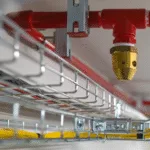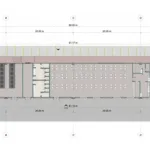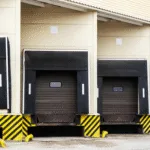julio 25, 2025
How to Calculate a Realistic Budget for an Industrial Warehouse
Planning the construction of an industrial warehouse involves much more than defining the plot size or selecting materials. One of the most important—and often underestimated—steps is calculating a realistic budget that covers all key aspects of the project. An accurate estimate not only helps avoid financial surprises but also enables better decision making from the outset.

1. Architectural Design and Planning
Everything starts with solid planning. The architectural design should meet the operational needs of the business, taking into account storage areas, production lines, circulation, offices, access points, and more. This stage also includes feasibility studies, land analysis, and technical consulting.
2. Permits and Regulations
Compliance with regulations is mandatory. Municipal permits, construction licenses, and other legal procedures can represent a significant expense and may delay the project’s start if not accounted for in time.
3. Construction Materials
The type of structure (steel, concrete, or prefabricated) will directly impact material costs. Finishes, roofing, thermal insulation, lighting, and ventilation systems must also be considered. It’s crucial to request quotes from multiple suppliers and allow a margin for potential price changes.
4. Labor and Contractors
Hiring qualified personnel, engineers, supervisors, and specialized subcontractors affects both quality and project timelines. Choose companies with proven experience in the industrial sector.
5. Equipment and Special Installations
Don’t forget to include the cost of electrical and hydraulic installations, fire protection systems, automation, and any special equipment required for the business. These elements are critical for both operation and safety.
6. Contingencies and Indirect Costs
Every project should allocate a contingency fund of 5% to 10% of the total budget to cover unforeseen events such as design changes, price increases, or delays. Also consider insurance, third party supervision services, and administrative expenses.
Conclusion
Calculating a realistic budget for an industrial warehouse is not just about adding up prices; it’s an exercise in analysis, forecasting, and strategic planning. Involving experts from the beginning and maintaining a comprehensive vision of the project is key to ensuring successful execution free of surprises or cost overruns.






